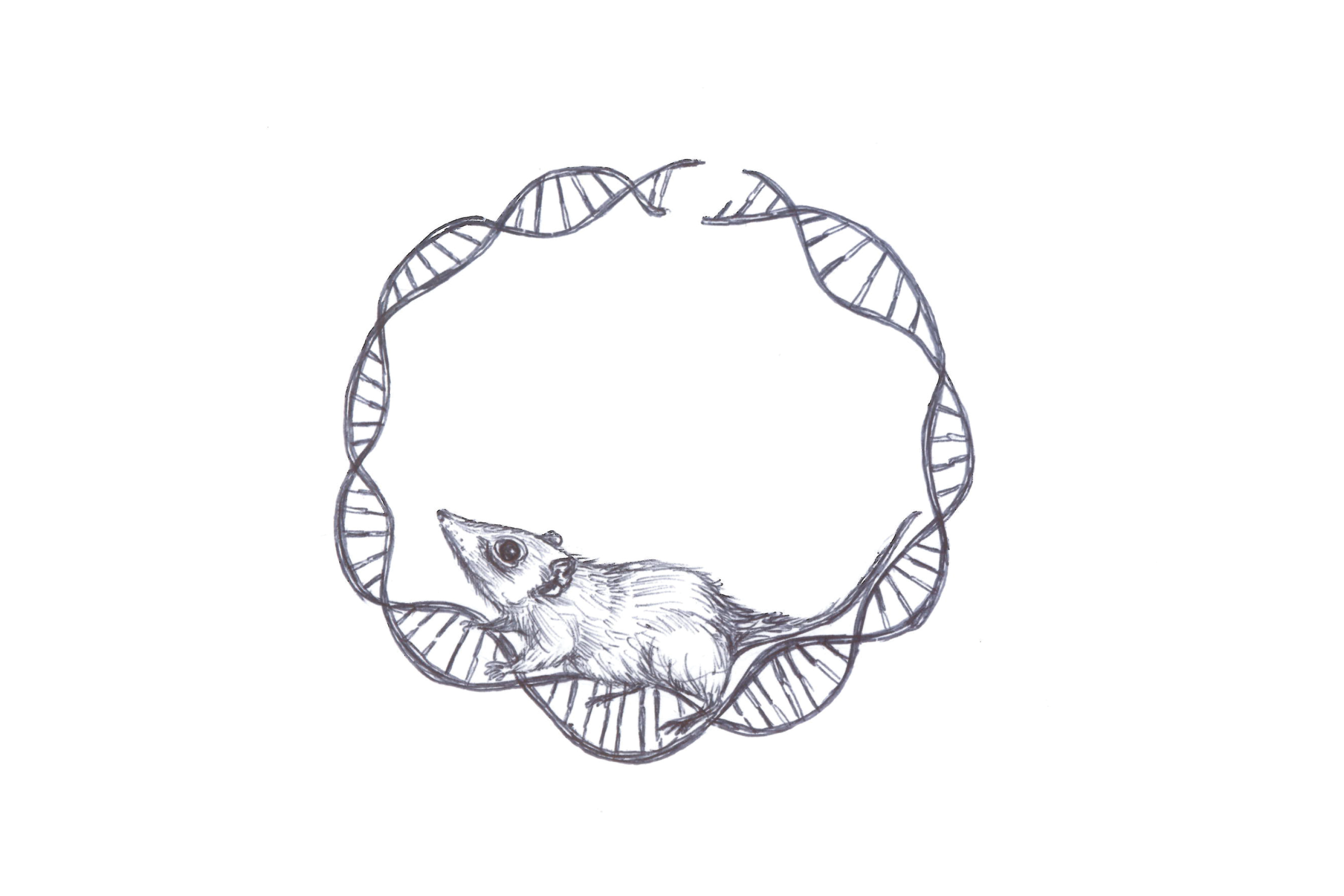An interview with Cathy Lambert, Supervisor of Perth Zoo’s Native Breeding Program
Behind the tourist-attracting exhibits at Perth Zoo, huddles of air-conditioned cabins house some of our state’s most endangered species. Amidst the research spaces, customized enclosures and specially designed breeding facilities, Cathy Lambert, supervisor of Perth Zoo’s Native Species Breeding Program (NSBP) is hard at work. Five species compose this project, and it is Ms. Lambert’s responsibility to keep tabs on their progress. The Western Swamp Tortoise, Numbat, Dibbler, White-bellied Frog and Orange-bellied Frog are the nominated species, participating in captive breeding programs in an effort to replenish depleting numbers in their wild populations. Ms. Lambert and her team at the zoo are on the frontline in this fight against native population extinctions, flying the flag for ‘Team Conservation’.
The Native Species Breeding Program has a superlative track history; the Chuditch and Shark Bay Mouse have both lost their ‘endangered’ status in favour of less dire labels ‘threatened’ and ‘vulnerable’ respectively, whilst the release of approximately 50 dibblers a year into the wild is now a standard expectation of the program. So I was curious to know what Ms. Lambert might suggest could be done to improve an already successful program into the future? I posed the question – ‘If you were handed a large sum of money plus guaranteed contingency funding for 20 years, what would you spend it on?’ In addition to using some of the money to fund research into Western Swamp Tortoise genomes, Ms Lambert prioritizes construction of better facilities – specifically, facilities that can cater to the needs of breeding Orange-bellied and White-bellied frogs, “[with] purpose built frog facilities we would be able to manipulate temperatures and pressure and all sorts of things”. Prioritization of customized facilities addresses a primary consideration in the breeding program – the facilities need to replicate the species’ native environment, or as close as possible under spatial constraints, to ensure that upon release into the wild, the animal does not have to adapt to completely foreign surroundings.
Further steps taken to ensure an animal’s time at the zoo does not impair its chances of survival in the wild include limiting human contact, altering diets and stimulating specific behaviours for animals that are approaching their release date. “The dibblers get fed more live food before they get released…we throw crickets and cockroaches and mealworms and moths into their enclosure, they always have to hunt for their food through their leaf litter anyway, but before they get released we just increase the amount and the diversity. We give them little exercise wheels to get them stronger and fitter because they’re going to have to move long distances to find their food out there so we want to make them as fit as possible. With any animal, if they get stimulation when they’re young [they] get smarter. So we try to stimulate them with hiding the food. Sometimes we put it in gumnuts and Banksias so they have to look for it and put their hands into the gumnuts to pull the food out. We try to make their enclosures as complex as possible and move things around all the time between them so they get used to different smells.”
I was also interested in the factor of age on a species’ capacity to persist in the wild. Do individuals that have been kept in captivity for longer struggle more than the younger ones, upon release into their native habitat? Can an animal ever get too old or too used to the zoo environment to be safely released into the wild? Ms. Lambert explains that age does factor into an animal’s ability to survive, as does individual temperament and character. “The young ones do do better if they’ve been in captivity for less time, so we try to get the younger ones out into the wild first. Occasionally you might have one that isn’t going to go well so you don’t want to breed with them, if you’ve got one that’s a little bit dopey and you don’t think that it will do very well in the wild then you don’t want to be breeding with it as well because you might be perpetuating that trait. If it’s really a welfare issue for not releasing an animal but we don’t want to breed with it we’ll hang on to it or try and place it in another zoo in the eastern states they can use it for education purposes.”
In addition to juggling “dopey” or non-responsive animals in the breeding program, a major recurring challenge is that of maintaining genetic diversity. In cases such as the Western Swamp Tortoise, whose population got down to just 25-50 in the wild, it is very likely that there is significant inbreeding present, that’s to say, it’s likely that most of the individuals in the population are related to one another in some way. Inbred populations mean limited gene pools, which can in turn lead to increased susceptibility of a species to extinction events and disease. In the case of the Dibbler, a species with a slightly larger population size, specific measures are being taken to try and monitor genetic differentiation.
When questioned about the need for the Native Breeding Program and whether its role in our wider community is important, Ms Lambert responded, “I remember someone saying something about when we lose a species it diminishes us all, [and] I think that’s right.” This perspective of the intrinsic relationship between human and nature is integral to conservation philosophy, and the extraordinary conservation work of the NSBP at Perth Zoo is testimony to this philosophy.
Interview by Maddi Howard, Art by Ruby Mae McKenna

